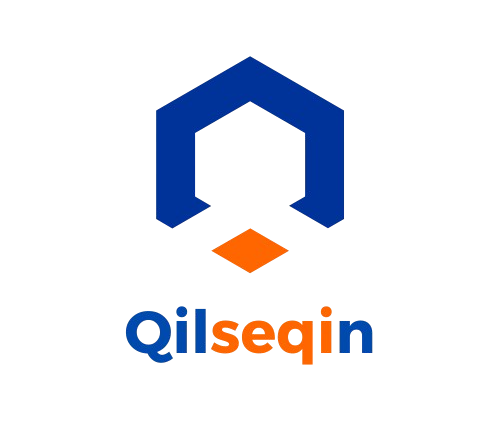A skills matrix is an essential tool in the contemporary business landscape, acting as a comprehensive map of an organization’s talent. At its core, it is a visual representation of employees’ skills, competencies, and expertise, showing not only what each person brings to the table but also where the organization may have skill gaps. This tool serves as a strategic framework, enabling managers to maximize the workforce’s potential while identifying areas for growth and development.
Imagine a grid where employee names are positioned alongside columns that list skills such as technical knowledge, soft skills, industry-specific expertise, leadership abilities, and even personal development interests. The intersecting cells in the matrix reveal the proficiency level of each employee in the listed skills. For example, an employee might be rated from beginner to expert in coding languages like Python or in soft skills such as negotiation and communication. The result is a comprehensive, at-a-glance overview of the organization’s capabilities. The visual clarity that a skills matrix provides allows managers and team leaders to swiftly identify the right individuals for specific tasks, projects, or roles. This efficient allocation of talent enhances productivity and ensures that resources are being used in the most effective way possible.
But the skills matrix is not merely a tool for mapping current abilities; it is also a powerful instrument for planning future growth. As businesses evolve and the demands of the market change, organizations need to stay ahead by ensuring their teams are equipped with the necessary skills. By using a skills matrix, companies can pinpoint gaps between current competencies and future needs. For example, if an organization is transitioning into digital marketing and notices that few team members are proficient in data analytics or digital advertising tools, the matrix highlights this gap. The company can then implement targeted training programs, helping employees develop the required skills to meet future demands. This proactive approach not only enhances the organization’s adaptability but also empowers employees by giving them the chance to grow their careers in meaningful ways.
Furthermore, the skills matrix plays a crucial role in personal development and employee engagement. It serves as a mirror for individuals to understand their strengths and areas of improvement. Employees gain clarity on their current standing and what they need to focus on if they wish to progress within the organization. Managers, on the other hand, can use this information to create tailored development plans. An employee who shows potential for leadership but lacks skills in public speaking, for instance, can be given opportunities to attend workshops or take on roles that enhance this capability. This approach aligns organizational needs with individual aspirations, leading to higher job satisfaction and retention rates. Employees feel valued and recognized for their skills while being supported in their professional journey.
In addition to professional development, a skills matrix is invaluable for effective workforce planning and succession management. Organizations often face turnover, restructuring, or the need to expand rapidly. In these situations, having a detailed understanding of the current talent pool ensures that gaps are filled quickly and efficiently. For example, when a senior team member retires, the skills matrix allows management to identify who within the organization has the potential to step into the role. By analyzing skills and competencies in advance, the transition is smoother, minimizing disruptions Skills Matrix and maintaining operational continuity.
The skills matrix also supports diversity and inclusion initiatives. By having a transparent record of skills and abilities across the organization, management can ensure fair representation and equal opportunities. If, for instance, the matrix shows that certain demographic groups are underrepresented in high-skilled areas or leadership roles, the organization can take steps to offer those groups access to targeted development programs. This proactive effort not only builds a more inclusive workplace but also taps into diverse talent pools that bring fresh perspectives and creativity.
Ultimately, a skills matrix is more than just a chart; it’s a dynamic and strategic asset that helps organizations remain competitive and forward-thinking. By providing a clear snapshot of current capabilities, aligning training programs with organizational needs, and supporting diversity and succession planning, it empowers businesses to create resilient and agile teams. As companies continue to navigate the evolving demands of the modern workplace, a skills matrix serves as a roadmap to success, ensuring that both the organization and its employees grow together.
